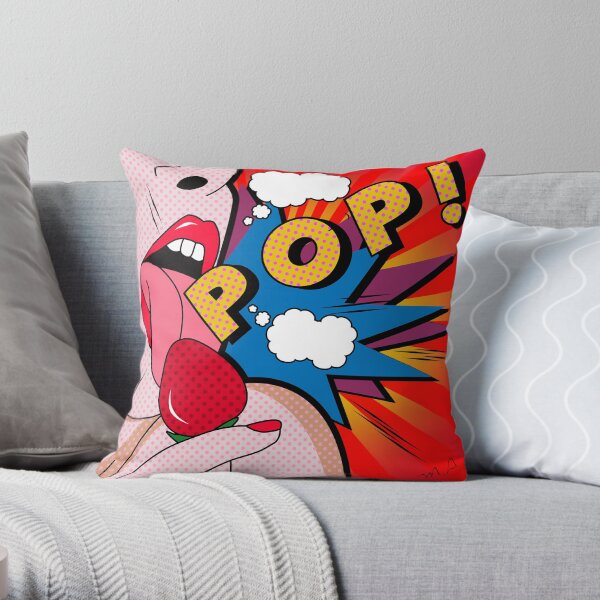The Ultimate Guide To Unique Art
The Ultimate Guide To Unique Art
Blog Article
Unique Art Can Be Fun For Anyone
Table of ContentsLittle Known Facts About Unique Art.The Only Guide to Unique ArtThe Definitive Guide to Unique ArtIndicators on Unique Art You Should Know
While one may discuss which art kind holds precedence, the fact remains that each of these 7 forms offers a distinct window into human background, society, and development. They are the tapestries that chronicle our trip, reminding us of our past while inspiring visions for the future.Great art work tells a story, makes people look twice, and develops a special experience that can't be matched. Art and pictures connect every one of that through color, shape and other design elements. Learn just how to make your unique artwork stand apart from the group.

8 TRIA GIOVANEqual parts grand and laidback, this foyer made by Anthony Baratta is the perfect blueprint to adhere to if you're decorating an official entrance that still really feels unfussy and comfortable. Patterned fabrics take spotlight (see the rugs and the sofa), but they also assist bring the high ceilings to a human range when hung over wallpaper.
Some Known Details About Unique Art
18 Heidi Caillier DesignA gallery wall surface does not require to take up the whole space. Often a little one can make a bigger design statement. In this living room, Hiedi Caillier decided for micro-mini structures and an arbitrary structure.
, the expression of concepts and emotions, with the development of particular aesthetic qualities, in a two-dimensional aesthetic language. The aspects of this languageits forms, lines, colours, tones, and texturesare made use of in numerous ways to create sensations of volume, area, activity, and light on a level surface area. These elements are combined into expressive patterns in order to represent real or mythological phenomena, to analyze a narrative style, or to produce wholly abstract aesthetic relationships.
Later on the notion of the "great musician" created in Asia and Renaissance Europe. During the 19th century painters in Western cultures began to lose their social position and secure patronage.
Unique Art Things To Know Before You Buy
Others earned a revenue through exploring events of their job. The requirement to appeal to a marketplace had replaced the comparable (if less impersonal) demands of patronage, and its effect on the art itself was probably comparable. Usually, artists in the 20th century might get to a target market just through industrial galleries and public museums, although their job may have been periodically duplicated in art regulars.

Don't copy the style redirected here of various other musicians if you're searching for your design. Copying other people's artwork can be terrific in academic purposes however it will certainly not make you closer to finding your very own distinct style. Your artistic style needs to be, what you like and what inspires you.
I would think about your very own style as a style you paint in naturally, when you let go of all ideas and rules and simply focus on paint, not thinking of it. Unique Art. The style has to come naturally to you when you are unwinded and you can not require it or it won't be your very own style, simply another person's
Indicators on Unique Art You Need To Know

With time you'll have the ability to arrange all of them into your favored and least favorite classifications. Attempt to concentrate your attention on the topics and mediums that you like and prior to you see it coming you'll have your own personal and distinct style, like nobody else have! So in the end you'll have a couple of preferred based on repaint and maybe a couple of favorite tools.
The style has to establish itself with time with a great deal of technique and experiments - Unique Art. Thank you for reviewing this post and if you have any concerns leave them in the remarks below, I 'd enjoy to respond to these
Report this page